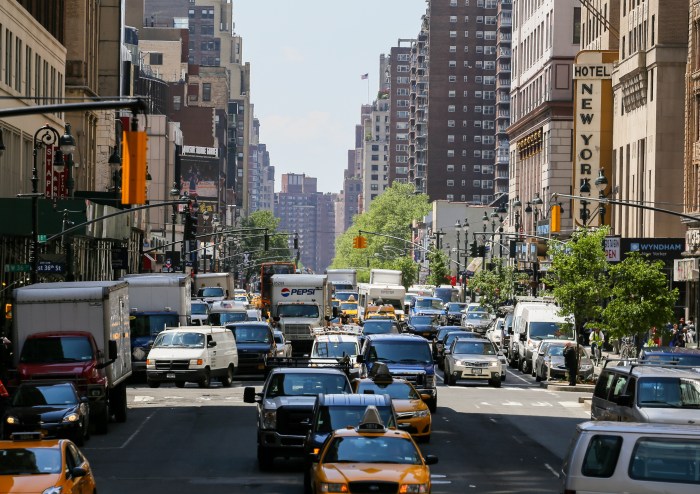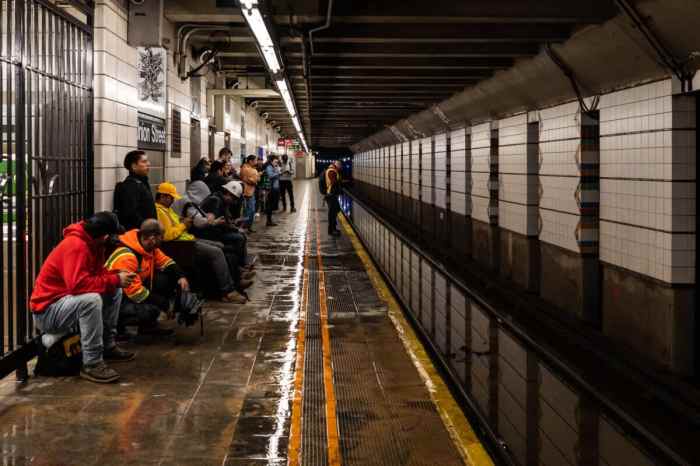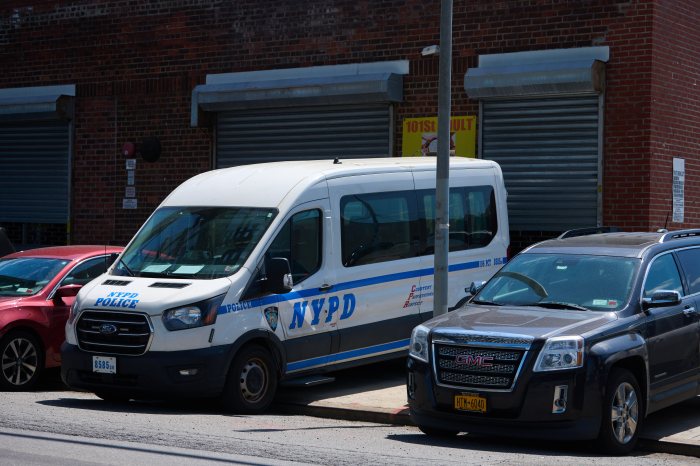While the transit authority frequently blames its aging infrastructure for service failures, it turns out issues with new, higher-tech signal equipment has been plaguing service, too, according to a MTA report published Monday.
The report found that a subway meltdown on March 15 was caused by problems with a first-of-its-kind, computerized interlocking system that was installed at the Bergen Street station of the F and G lines in 2006. The failing equipment, used to manage train movement, caused major rush-hour delays that Thursday, rippling across seven lettered lines beginning around 4:30 p.m. and lasting until 10:30 p.m.
The delays were so bad that the MTA promised to provide report on its cause within a month.
In the report, the authority said it has modified the equipment at the Boerum Hill station and has staff there 24 hours a day to monitor and make any necessary fixes as soon as possible. But the MTA also noted that service disruptions could be coming in order to fix the problem completely.
“As we work to restore full and consistent service, periodic interruptions will likely be needed, and we appreciate your patience and understanding that we’re doing everything to ensure that service is safe and reliable,” the MTA said in its report. A spokesman for the authority did not elaborate on what type of interruptions could be needed.
The interlocking was installed after a 1999 electrical fire damaged a signal control room by the Bergen Street station. A spokesman for Thales, the interlocking system’s manufacturer, said in a statement that the company is committed to working with the MTA “to provide the best level of service” for commuters.
“Concluding the initial investigation, we can now confirm that several factors, as pointed out in the MTA report, contributed to the service interruption which originated from power-related issues outside of Thales’ control,” the spokesman, Adam Kostecki, said. “These power issues disrupted the interlocking equipment, which worked as designed to ensure passenger safety.”
There were three main causes of the March 15 failure, according to the MTA. Power flow failed, backup equipment failed, and on-hand staff, needed to restore service, had “difficulty” reaching the station during rush hour.
The equipment that caused headaches for the MTA at Bergen Street is similar to technology the authority wants to use to modernize the MTA’s outdated signal system, which in most areas relies on 19th-century technology. The authority plans to unveil more details in a modernization plan next month.
“As many of you are acutely aware, an overhaul of the signal system is critical,” the report said. “The computer-based interlocking system at Bergen Street was the first of its kind installed in New York City, and we have gathered great learnings over the past twelve years that are now informing our modernization plan and our procurement requirements moving forward.”

















